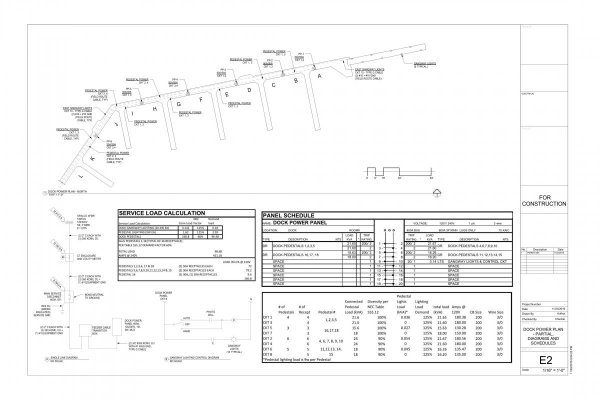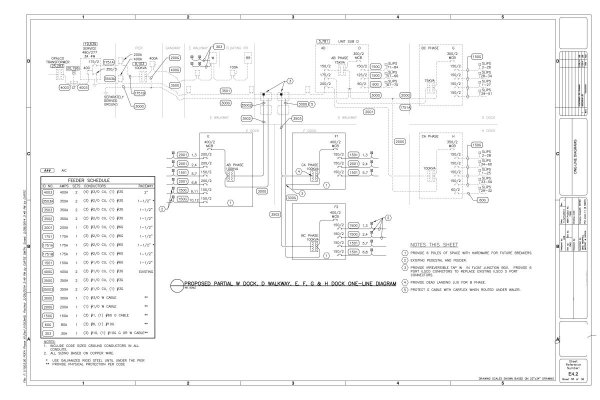tiltrider1
Guru
- Joined
- Aug 2, 2017
- Messages
- 4,351
- Location
- Pacific North West
- Vessel Name
- AZZURRA
- Vessel Make
- Ocean Alexander 54
When it comes to AC, everything I see are reverse cycle heat pumps and they are all 120v.
I'm guessing down south reverse cycle heat pumps are not adequate for AC. Still I would expect the AC units to use two 120v hot legs still by passing the need for a single 208v hot wire, or is there something I am missing here.
I'm guessing down south reverse cycle heat pumps are not adequate for AC. Still I would expect the AC units to use two 120v hot legs still by passing the need for a single 208v hot wire, or is there something I am missing here.


